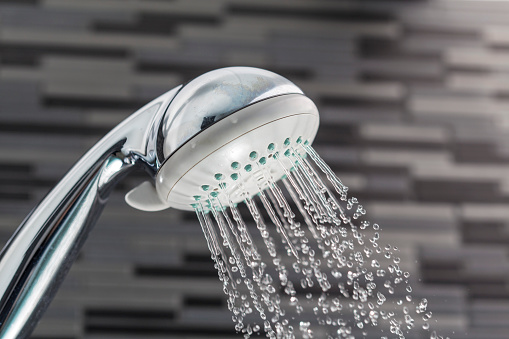Are There Any Good Low-Flow Water Faucets and Shower Heads?
 Many people are looking for new ways to save money and take steps to reduce their impact on the planet. When you’re a homeowner, you have so many options to contribute to the environmental greater good, but understanding the ins and outs of those choices and how they weigh against your preferences, needs, etc. can be a little more difficult. In-home water conservation is one area many homeowners can make a difference, and what better time to consider your options than the new year (with all its shiny promises of resolutions and self-improvement)? So if you’re game, let’s talk a little about low-flow faucets and shower heads.
Many people are looking for new ways to save money and take steps to reduce their impact on the planet. When you’re a homeowner, you have so many options to contribute to the environmental greater good, but understanding the ins and outs of those choices and how they weigh against your preferences, needs, etc. can be a little more difficult. In-home water conservation is one area many homeowners can make a difference, and what better time to consider your options than the new year (with all its shiny promises of resolutions and self-improvement)? So if you’re game, let’s talk a little about low-flow faucets and shower heads.
What Does Low-Flow Really Mean?
Unfortunately, there is no firm definition of low-flow, but it’s generally accepted that anything using 1.5 gallons per minute (gpm) or less is considered “ultra low flow,” while anything using 2.5 gallons per minute to 1.5 gallons per minute is considered “low flow.” Nowadays, thanks to standards set by the government, all U.S. shower heads are manufactured at a maximum rate of 2.5 gpm. So if you’re looking to maximize in-home water conservation this way, you may want to consider going down to a 1 or 1.5 gpm option.
The Benefits of Going Low-Flow
The first and perhaps most attractive benefit for some homeowners is the hard cost savings. When you rely on low-flow fixtures, you save on water usage, which in turn saves on water costs. You also save incrementally on gas or electric costs for heating less hot water. Luckily, this is a double-whammy in that you’re saving energy and money at the same time–and who doesn’t love that kind of win-win? Another benefit worth looking into are incentives your community may offer. Many communities have programs to encourage citizens to work on reducing their carbon footprint and save water and energy in as many ways as possible.
Finding a “Good” Low-Flow Faucet/Shower Head
Here’s the deal: Finding the right fixtures for you and your family is kind of a guess and check process. We could give you recommendations, but your experience and thus reaction may be completely different. ‘Good’ is so subjective that instead of recommending anything in particular, our best advice to you is to get out there and do some research. Read reviews, ask your neighbors who you know have similar tastes if they have a preference. Get one and try it out. We’d be glad to help out if you need help installing it. Some homeowners find that they simply can’t adjust to the new feel of a low-flow faucet or shower head because they are so used to high-pressure systems. If the benefits of low-flow outweigh the potential loss in expected experience, this is a great way to save money and help save the planet, but it may not be the right choice for every home.
There is no denying that there are advantages to going with low-flow fixtures (including toilets!), but there may also be drawbacks depending on your needs and expectations. It’s worth looking into further, but don’t beat yourself up if it’s not the right fit for you. There are plenty of other ways to make your home more energy efficient, like installing high-efficiency heating and cooling units, many of which offer excellent rebates as well. If you want to learn more about improving your home efficiency through your plumbing, electrical, or heating and cooling equipment in the Denver-Boulder area, we’d love to help.




